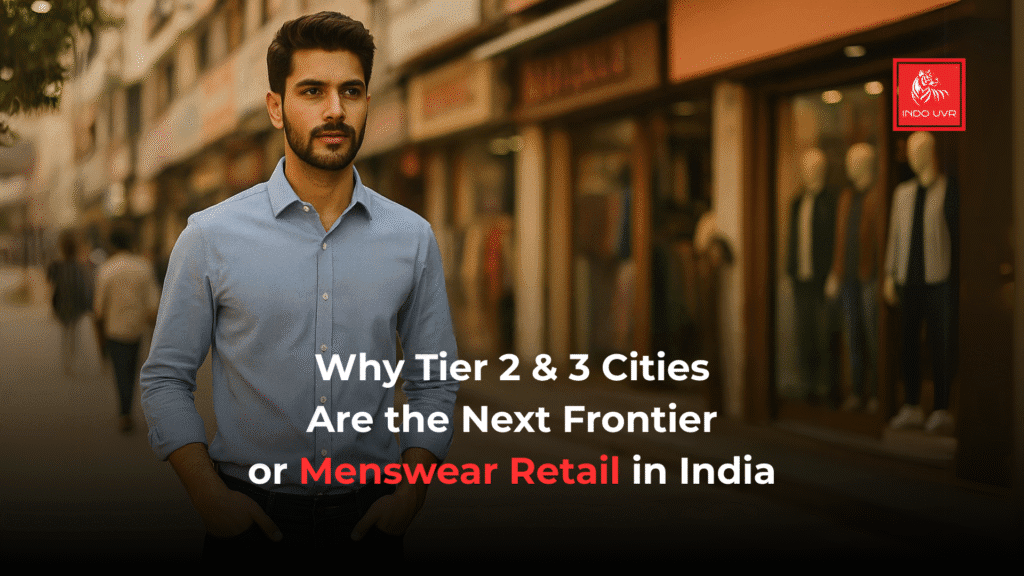
India’s retail growth story is no longer confined to metros. Tier 2 and Tier 3 cities are rapidly transforming into high-potential markets, especially for menswear retail. With increasing disposable income, fashion awareness, and digital access, these cities are the next big growth opportunity for local retailers and B2B players.
Growing Demand for Quality Menswear
Consumers in cities like Indore, Ludhiana, Surat, and Varanasi are no longer satisfied with generic, unbranded clothing. They want fit, style, and quality—values traditionally associated with urban fashion. With growing disposable incomes and exposure to better lifestyles, there’s a clear demand for premium menswear brands that deliver value without compromising on design or durability.
2. Fashion Aspirations Shaped by Digital Influence
Social media, OTT platforms, and YouTube influencers are playing a major role in shaping fashion preferences, even in rural belts. Whether it’s a viral reel or a film character’s wardrobe, trends travel fast. This has led to a sharp increase in brand awareness and fashion consciousness in these cities—creating demand for versatile, trendy apparel.
3. Infrastructure Ready for Retail
The expansion of malls, high streets, and better commercial real estate in smaller cities is fueling retail accessibility. Franchise stores, multi-brand outlets (MBOs), and standalone menswear shops now have modern platforms to reach style-conscious buyers. In many cases, rentals are lower and footfall is more consistent than in over-saturated metros.
4. Higher Profit Margins, Loyal Customers
Operational costs in Tier 2/3 cities—rent, staffing, logistics—are significantly lower. At the same time, customers tend to be more loyal and value long-term relationships. This creates an ideal setup for B2B buyers and retailers who want to build sustainable, high-margin menswear businesses.
5. Policy & Tech Driving Access
Government initiatives like Start-up India and digital India are empowering entrepreneurs with easier access to funding, digital tools, and compliance processes. UPI adoption and smartphone penetration mean retailers can now manage operations, orders, and marketing with minimal overhead.
6. Why Local Retailers Are Best Positioned to Succeed
Local store owners understand their community’s tastes, purchasing behavior, and seasonal preferences. With the right brand partnerships—like INDO UVR—they can offer stylish, durable menswear that meets local demand and builds lasting customer trust.
Conclusion: The Opportunity Is Now
For retailers ready to scale, the time is ripe to invest in menswear that resonates with today’s aspirational shopper. Tier 2 and 3 cities aren’t just catching up—they’re defining the future of retail.
Partner with INDO UVR to deliver high-quality menswear tailored to the rising expectations of your local market. Let’s grow together.


